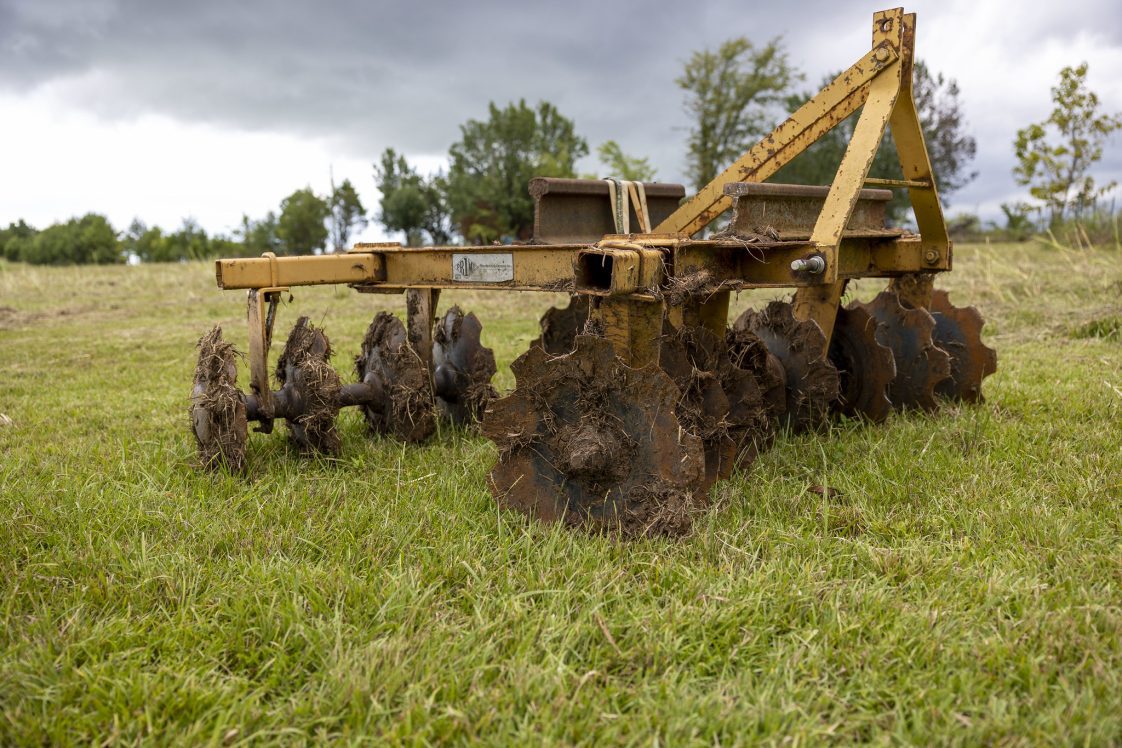Farming

AUBURN UNIVERSITY, Ala. – Taking the leap of purchasing land comes with many variables, some of which are time, capacity and money needed to ensure that the investment does not degrade or fail to meet expectations. Many people wanting to buy land are not fully aware of what they are getting into, particularly when it comes to the financial requirements. Kerry Steedley, an Alabama Extension regional agent, said understanding cost-sharing possibilities can help relieve any anxiety.
They Aren’t Making Any More of It
Programming from the United States Department of Agriculture (USDA) has given landowners opportunities to mitigate costs and receive valuable technical assistance.
“There are a lot of cost-share programs, depending on what a landowner is interested in,” said Steedley, a regional agent in forestry, wildlife and natural resources. “The most widely available programs are through the Natural Resources Conservation Service (NRCS), a department of the USDA.”
Steedley said these programs pertain to pasture, forestland, row crops, urban agriculture, irrigation and other categories. Each county has a NRCS representative that helps potential recipients of cost-share funding with programs that fit their management goals.
There are many types of cost-share incentives. The most common type of assistance occurs when more resources are needed to mitigate or resolve an issue. Some programs are initiatives that focus on certain areas of the state. Other programs are for mitigating the spread of a specific invasive species or pest. Steedley said examples of these programs are the white oak initiative in northern portions of the state, as well as cogongrass, southern pine beetle and wild-hog mitigation.
Popular Programs in Alabama
In Alabama, there are two programs that Steedley considers the most popular: the Environmental Quality Incentives Program (EQIP) and the Conservation Stewardship Program (CSP).
EQIP is one of the best providers of technical and cost-share assistance programs. The primary goal of this program is to create and maintain conservation practices that improve natural resources and keep land productive.
“The benefits that EQIP aims to support include soil health, water quality, drought resiliency, wildlife habitat and much more,” Steedley said. “For EQIP, there is no minimum acreage requirement. Those who fall under the NRCS definition of historically underserved are eligible for advanced payments and better payment rates.”
Steedley said cost-share contracts with EQIP can vary in duration, but they cannot exceed 10 years. These contracts differ from past contracts in which there is not active farm or land management.
“I think this is a way to change the older narrative,” Steedley said. “Today, landowners can implement these practices while keeping land productive through agriculture and other ways.”
Steedley encourages those who are interested in this program to reach out to a local NRCS office.
For those looking to take further steps with their agriculture or forestland enterprises, Steedley says look to CSP, a program all about sustainability of natural resources.
“CSP is open to those who have an established agricultural or forestland enterprise, have already taken steps to improve the sustainability of their natural resources and wish to expand their conservation efforts,” she said.
Like EQIP, there is no acreage requirement to enroll in CSP. However, unlike EQIP, the maximum contract length is five years with the possibility of renewal after completion. A sample of conservation practices endorsed by CSP include improving riparian buffers, cover cropping, increasing pollinator habitat, implementing prescribed burning, planting native grasses, controlling invasive species and more.
A Trusted Resource
Alabama Extension continues to serve as a trusted resource for information. Whatever the issue, Extension can provide or find a solution. If Extension cannot help, a local office will put you in touch with someone who can. Other entities – such as the Alabama Forestry Commission and Alabama Soil & Water Conservation Committee – also offer cost-share information and help with registration based on statewide and local concerns.
Starting Oct. 3, Steedley will host the three-part Beginner Landowner Education Series. This in-person event will provide details on the services available to landowners on a local, state and federal level. For more information on this series – and to explore other landowner conservation opportunities – visit the Alabama Extension website, www.aces.edu.

